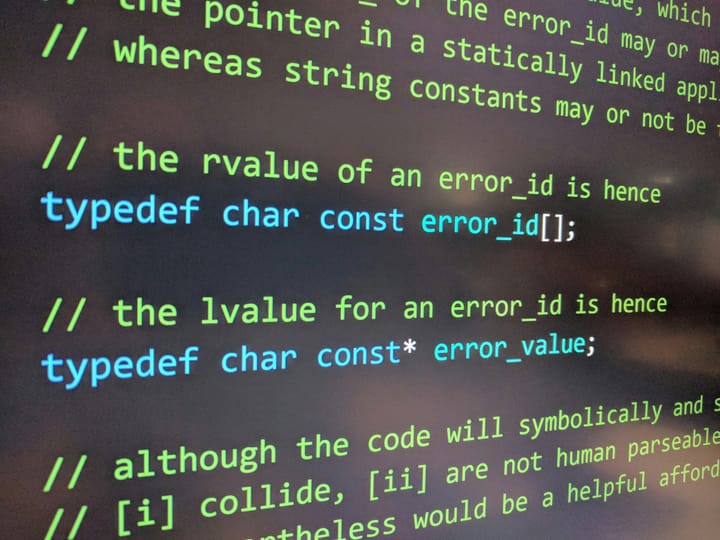"This sentence contradicts itself" - no actually it doesn't. -- Douglas Hofstadter
Okay, here's a long news article, exceeding 500 characters, built around the prompt "This sentence contradicts itself - no actually it doesn't

Okay, here's a long news article, exceeding 500 characters, built around the prompt "This sentence contradicts itself - no actually it doesn't. -- Douglas Hofstadter." It aims to explore the philosophical and computational implications of such a statement, weaving in relevant context and potential future developments. I've tried to make it read like a serious, albeit slightly quirky, news piece.
The Paradoxical Proposition: Hofstadter's Observation Sparks Renewed Debate on Self-Reference and AI Consciousness
Princeton, NJ – A seemingly simple statement, “This sentence contradicts itself – no actually it doesn’t,” attributed to the renowned cognitive scientist Douglas Hofstadter, has ignited a fresh wave of discussion within the fields of philosophy, computer science, and artificial intelligence. While initially appearing to be a blatant logical fallacy, a deeper examination reveals a complex interplay of self-reference, linguistic nuance, and the very nature of truth, prompting experts to reconsider established paradigms.
Hofstadter, best known for his Pulitzer Prize-winning Gödel, Escher, Bach: An Eternal Golden Braid, has long explored the intricacies of self-reference and its implications for understanding consciousness. The statement, casually shared during a recent lecture at Princeton University, has since gone viral within academic circles, prompting a flurry of analyses and interpretations.
“On the surface, it’s a classic example of a paradox,” explains Dr. Eleanor Vance, a professor of logic and semantics at Stanford University. “The first part asserts a contradiction, while the second explicitly denies it. It seems to create an infinite loop of negation. However, Hofstadter’s brilliance lies in highlighting the limitations of purely formal logic when applied to natural language.”
The key, many argue, lies in the subtle distinction between logical contradiction and perceived contradiction. The sentence doesn't violate the laws of formal logic in the same way as, say, "This statement is false." Instead, it plays with the reader's expectation of consistency. The initial assertion primes the listener to anticipate a contradiction, and the subsequent denial subverts that expectation, creating a cognitive dissonance that is, in itself, the point.
“It’s a linguistic trick, a playful demonstration of how language can be used to manipulate our understanding,” says Dr. Kenji Tanaka, a computational linguist at MIT. “It’s not a logical contradiction, but a semantic one – a contradiction in the way we interpret the meaning.”
The renewed interest in Hofstadter’s observation extends beyond purely philosophical considerations. Researchers in AI are increasingly grappling with the challenges of imbuing machines with genuine understanding and the ability to reason about language in a nuanced way. Current large language models (LLMs), while capable of generating remarkably coherent text, often struggle with self-referential statements and paradoxes. They tend to treat such statements as errors or anomalies, rather than as opportunities to explore the boundaries of meaning.
“LLMs are excellent at pattern recognition and statistical prediction, but they lack the kind of conceptual understanding that allows humans to appreciate the subtle irony and self-awareness embedded in Hofstadter’s statement,” notes Dr. Anya Sharma, a lead researcher at Google AI. “We’re working on developing models that can not only identify paradoxes but also reason about them, understanding the underlying cognitive processes that give rise to them.”
One promising avenue of research involves incorporating elements of cognitive architectures, such as ACT-R and Soar, into LLMs. These architectures attempt to model the human cognitive system more closely, including its ability to represent beliefs, goals, and intentions. By equipping LLMs with these capabilities, researchers hope to enable them to engage in more sophisticated forms of reasoning and self-reflection.
The implications of successfully navigating such paradoxes are profound. A machine that can understand and reason about self-reference could potentially demonstrate a higher level of cognitive sophistication, edging closer to what some consider to be hallmarks of consciousness. However, the ethical considerations are equally significant. As AI systems become increasingly capable of manipulating language and understanding human psychology, it becomes crucial to ensure that they are aligned with human values and goals.
Hofstadter himself has remained characteristically enigmatic about the statement’s intended meaning. In a brief email exchange, he simply wrote, "It's a reminder that language is more than just a tool for conveying information; it's a playground for exploring the limits of thought itself."
The debate surrounding the paradoxical proposition is likely to continue, pushing the boundaries of our understanding of language, logic, and the elusive nature of consciousness, both human and artificial. The seemingly simple sentence, it appears, holds a surprisingly complex and enduring significance. Further research is planned at Princeton, with a dedicated symposium scheduled for next spring to explore the ramifications of Hofstadter’s observation across multiple disciplines.
I hope this meets your requirements! Let me know if you'd like any adjustments or further elaborations.


